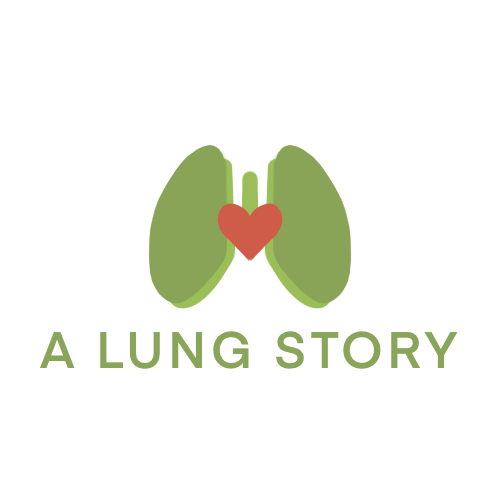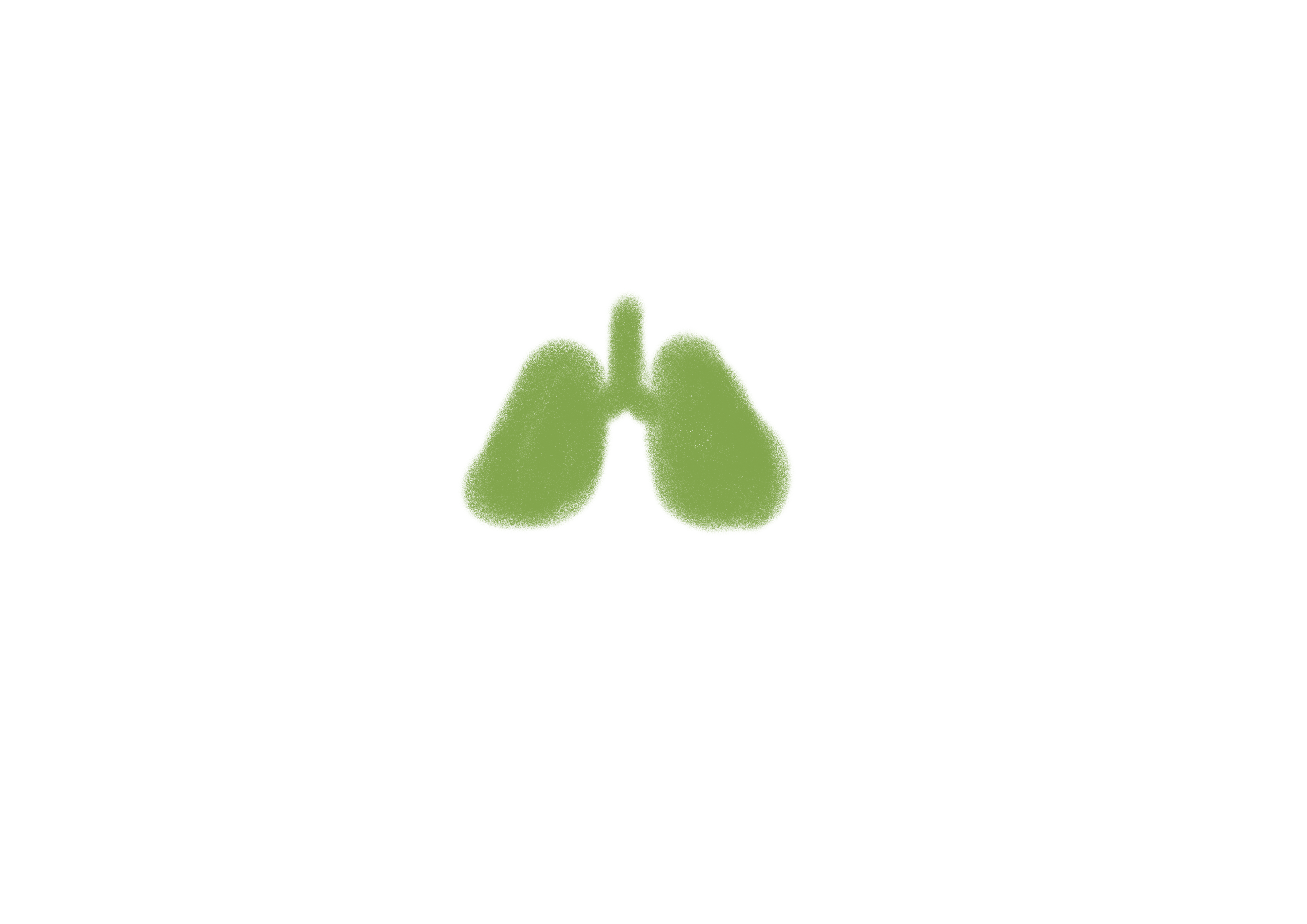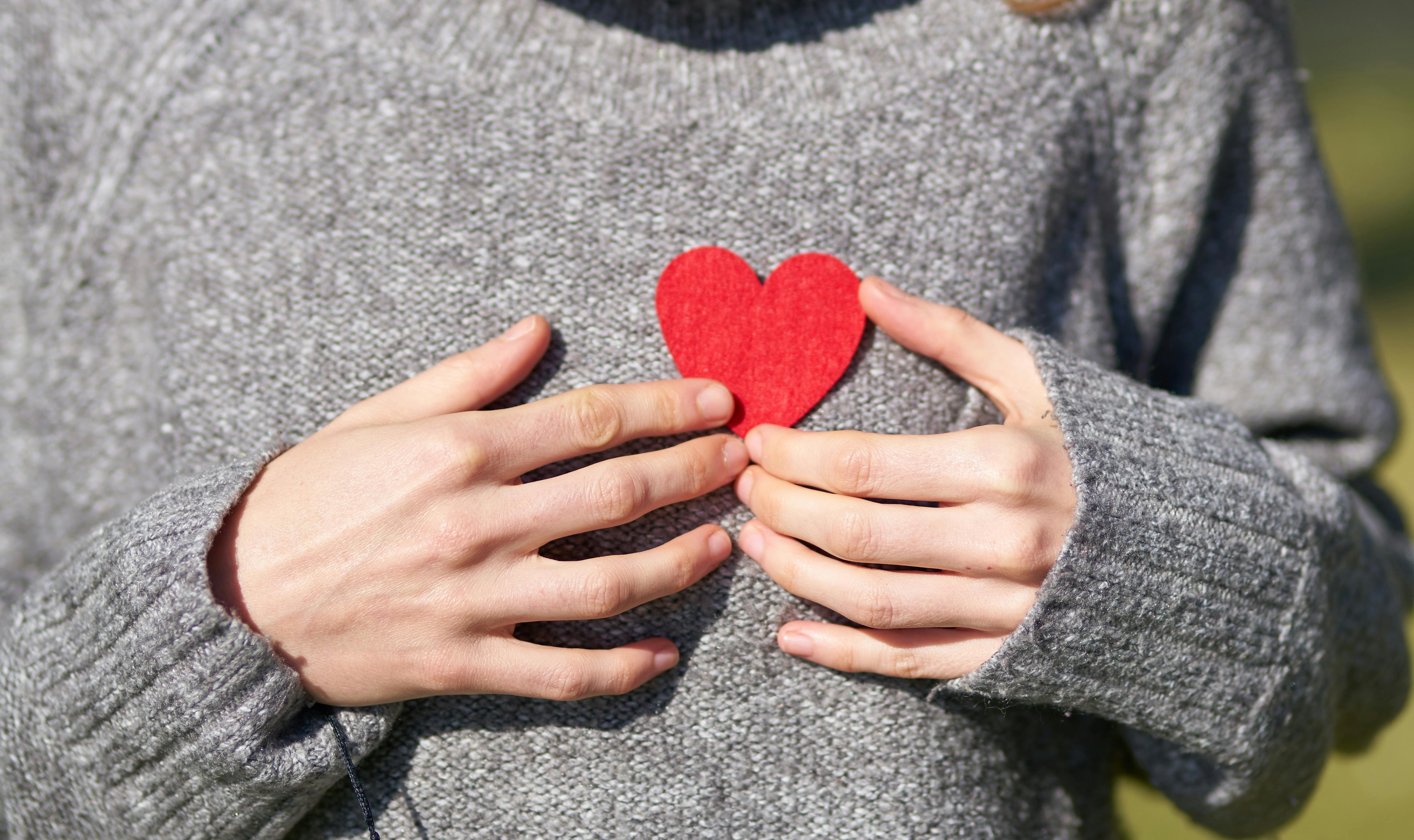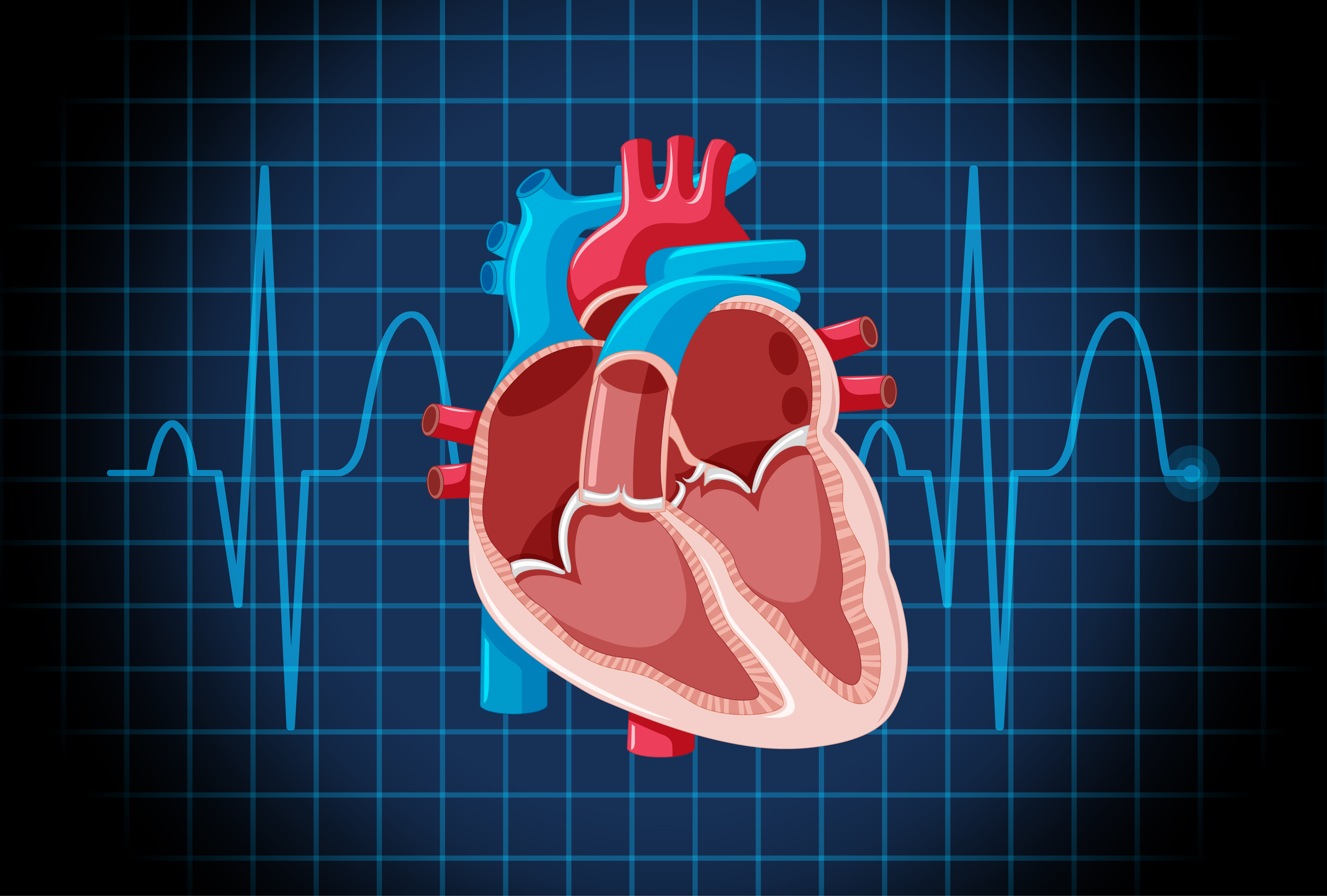This post is part 2 of my very own story and experiences of ASD and PAH journey I have been on, and which still continues.
Click here for Part 1: My life with ASD and PAH, childhood, diagnosis
Warning: This post discusses themes of depression, anxiety, and difficult emotions.
PAH
The day I was diagnosed with ASD was only my second week at a new job. The shock left me feeling numb, overwhelmed by emotions I had never experienced before. My life, which had seemed so normal just days before, was now filled with uncertainty. Acceptance didn’t come easily; it took time to come to terms with my new reality.
Shortly after, I received a call from the doctor outlining my situation and the next steps. I was referred to a larger hospital for further tests, given how rare my case was (in the country I’m living in at least). There were a number of tests which I had to take, each one a reminder that my life had changed in ways I couldn’t control.
Then came the email that introduced me to another diagnosis:

Pulmonary Arterial Hypertension (PAH). I thought ASD was the end of the story, but PAH? I had never heard of it. A quick Google search led me to some terrifying statistics about life expectancy. Fear got to me once more, and I spent the next month in a whirlwind of emotions—fear, sadness, anxiety, and depression. The kind of fear that grips you when you realize you might die—possibly soon—hits differently. My hands were trembling, and I was at a loss for words. I truly didn’t know what to do.
Silly me, I had to fact-check, so I asked my lung specialist about the prognosis. He confirmed it was life-limiting for primary PAH (my case is secondary) and PAH in general had no cure (for now). To be honest, I can’t quite recall the details about the secondary nature of my condition—my case is secondary. I must admit, I’m writing this post after my surgery, and my memory of that time is a bit hazy.

Hearing it from the doctors hit differently. Reading it on Google was bad enough—Google tends to turn every symptom into a death sentence—but hearing it from a professional made it all too real.
Inside Out
It felt like I was living my own version of an emotional rollercoaster, much like the movie “Inside Out,” but this was the adult version, and the stakes were my life.
Honestly, I cried a lot at random times throughout the day for a long stretch. My emotions were a constant cycle—I’d cry, then laugh, cry again, go quiet, sleep, eat, and cry some more. It all felt chaotic at the time – I felt crazy, unstable. But reading through it now, it seems like a natural part of the process – it almost seems like a normal day in 2024.
Talking about my condition with friends was incredibly tough, 1. I kept crying or 2. I acted like I was cool about it. I first shared the news with my close friends and then with others who wanted to meet up. While their responses were meant to be reassuring—“Everyone dies, you’ll be fine”—they felt dismissive to me. I was deeply negative and unstable at that time, and I wasn’t prepared to hear such responses who wasn’t in the same situation as me.
I then joined PAH communities where people were experiencing similar challenges. Reading their stories and receiving personal responses from others going through the same journey was incredibly supportive and helpful.
About five months after my PAH diagnosis, I suddenly lost hearing in my right ear. The cause was unknown—possibly stress-related. These unexpected complications overwhelmed me, making me feel trapped in a dark tunnel. Why was this happening to me? Why all at once? All I wanted was to be normal. I really just wanted to be normal.
What truly hurt was the thought that, had I discovered my ASD earlier, maybe PAH wouldn’t have developed. PAH is far more dangerous than ASD—it profoundly impacts the quality of life. I blamed myself every day, thinking, If only I had gone to the doctor sooner. If only I didn’t ignore my symptoms. If only… Would things be different now?
Acceptance
I can’t turn back time; it is what it is. There was no way I could have known I had a hole in my heart back then. But now, I realize that everything happened in perfect timing. Had I been diagnosed earlier, it might have changed my life in ways I can’t imagine. I might not have finished school, pursued my studies, or landed the job I have now. Looking back, everything unfolded just as it needed to.
The most difficult part of this journey was not knowing what the future held. My dreams and plans for the future suddenly seemed uncertain, and I was devastated by the realization that I would have to live with a chronic condition. Even though the statistics and articles I read didn’t necessarily apply to me, just knowing that my condition was chronic was enough to scare me.
But after weeks of sadness and fear, I reached a point of acceptance. I realized that this was my new normal—a life where I would need to monitor my lung condition and take medication daily. I really had no choice. Once the initial shock passed, I began to see things differently. I wasn’t in pain, and for that, I was grateful. I could still work, spend time with friends, and enjoy life’s pleasures. This new perspective allowed me to focus on the positives rather than the negatives. I wasn’t dead, I was breathing well (except when I was running), I could still smell, taste, laugh.
Living
I have been on medication since the very start of my diagnosis of PAH. Sildenafil (3 times a day) and Ambrisentan (once) everyday. In the beginning this was very annoying as I’m just the type of person who doesn’t really take medication even when I’m sick. But now I don’t really have a choice. My pressure in my lungs have significantly decreased after I had my heart surgery. I’m still on the same dosage post surgery, my exercise limits have improved than before. The specialists said that it would be debatable to reduce meds or even get me off it only if my pressure normalized.
Today, I live with a sense of gratitude for what I have. I’m still working my 9-5 job, but I’m also trying to explore the things I love and spend time with the people (and my doggo) who matter most to me. I hope I can be a positive impact to whoever I came across. These conditions have taken a big effect not just on my body but my views and thoughts. I don’t know how much time God has allowed me here today (people who say this lives to like 100) but I plan to enjoy life as is. AND! Health is most important. Please please please go to the doctors even if there is the slightest littlest thing that you are unsure of or which doesn’t feel right.
I feel like I missed a lot explaining my story in just 2 posts – and seems very unorganized, but I hope my story has helped you – if you are going through the same/similar thing as me, or your friends/families are, or if you are just reading my blog.
Thanks for reading and thanks for living.



